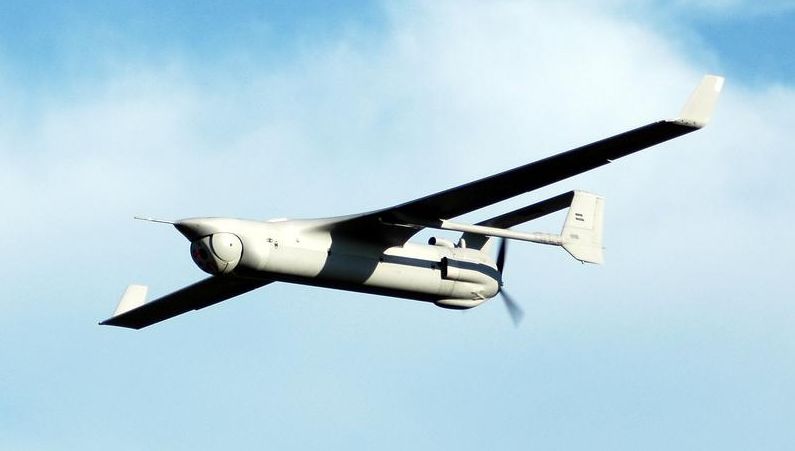Growing demand supported by strong intent and investment capability is expanding the market for military unmanned aerial vehicles (UAVs) in the Middle East. The region is already considered a lucrative market for defence. UAV development efforts by some Middle East nations coupled with imports from the U.S. will strongly bolster market expansion.
Currently, the U.S. and Israel are the top UAV exporters globally. Israel’s lack of military ties with Arab nations due to historic conflicts means that Middle East countries have had no option but to procure UAVs from the United States. However, other countries are achieving significant success in UAV technology and may soon be able to export to the Middle East. Regional interest and expertise in the domain is rising fast as well.
A key market driver is the fear of spreading regional unrest. UAVs can offer smaller states a way to expand their strength beyond traditional capabilities. The lack of UAV capability in the larger Middle East states significantly influences regional power dynamics. For instance, the Hezbollah movement recently acknowledged its use of UAVs against Israel. Gulf Arab states are alarmed at the civil war in Syria and want to ensure that popular uprisings in North Africa do not spread to the Gulf. They are also concerned about Iran’s nuclear program. As a result, every large country in the region understands the need to acquire UAVs.
“Among the rich and politically stable Gulf nations, UAE is more focussed on boosting its UAV capability,” noted Frost & Sullivan Aerospace & Defence Senior Analyst Mahendran Arjunraja. “UAVs displayed at the country’s International Defence Exhibition (IDEX) also managed to generate a lot of interest from Saudi Arabia and Oman. Nonetheless, efforts at indigenous capability will take some time to materialise and until then, Middle East nations will have to depend on foreign equipment.”
Since traditional defence partners, the UK and France, have limited UAV capability, Middle East countries are looking for other partners. Turkey, with strong cultural ties to the Middle East, has made significant developments in unmanned capability. It is highly likely that Middle East countries will import a good number of UAVs from Turkey when the Turkish Aerospace Industries (TAI) ANKA UAV is ready for export. Interestingly, Pakistan-made UAVs have also managed to generate interest in the Middle East.
With domestic defence budgets coming under pressure, American UAV suppliers are keen for export opportunities. However, the present Missile Technology Control Regime (MTCR) guidelines act as an obstacle. The primary focus of MTCR is to control the spread of cruise missiles and ballistic missiles and UAVs are included in MTCR since they can be used to deliver weapons.
“The U.S. seems to understand the strategic implications of not catering to the Middle East and may be considering options to bypass MTCR or amend existing norms in order to tap the Middle East market,” observed Arjunraja. “One way to bypass the MTCR is by providing UAV ‘services’ instead of selling the equipment. When UAV capability is rented, the ownership of the equipment still lies with the supplier country. The recent sale of intelligence, surveillance, and reconnaissance (ISR)-only UAVs (General Atomics’s Predator drones) to UAE shows that the U.S is willing to relax restrictions to grab market opportunities.”
“A large numbers of US UAV companies are also forging ties with local partners,” added Arjunraja. “Forging ties with international companies while encouraging domestic development through offsets and technology transfers offers Middle East countries a shorter route to success.”
Going forward, competition is set to increase in the Middle East UAV market as more countries join the fray. Domestic competition will be a factor to contend with eventually, as production capabilities within the Middle East increase and manufacturers gain confidence in their platforms and the ability to attract international customers.










